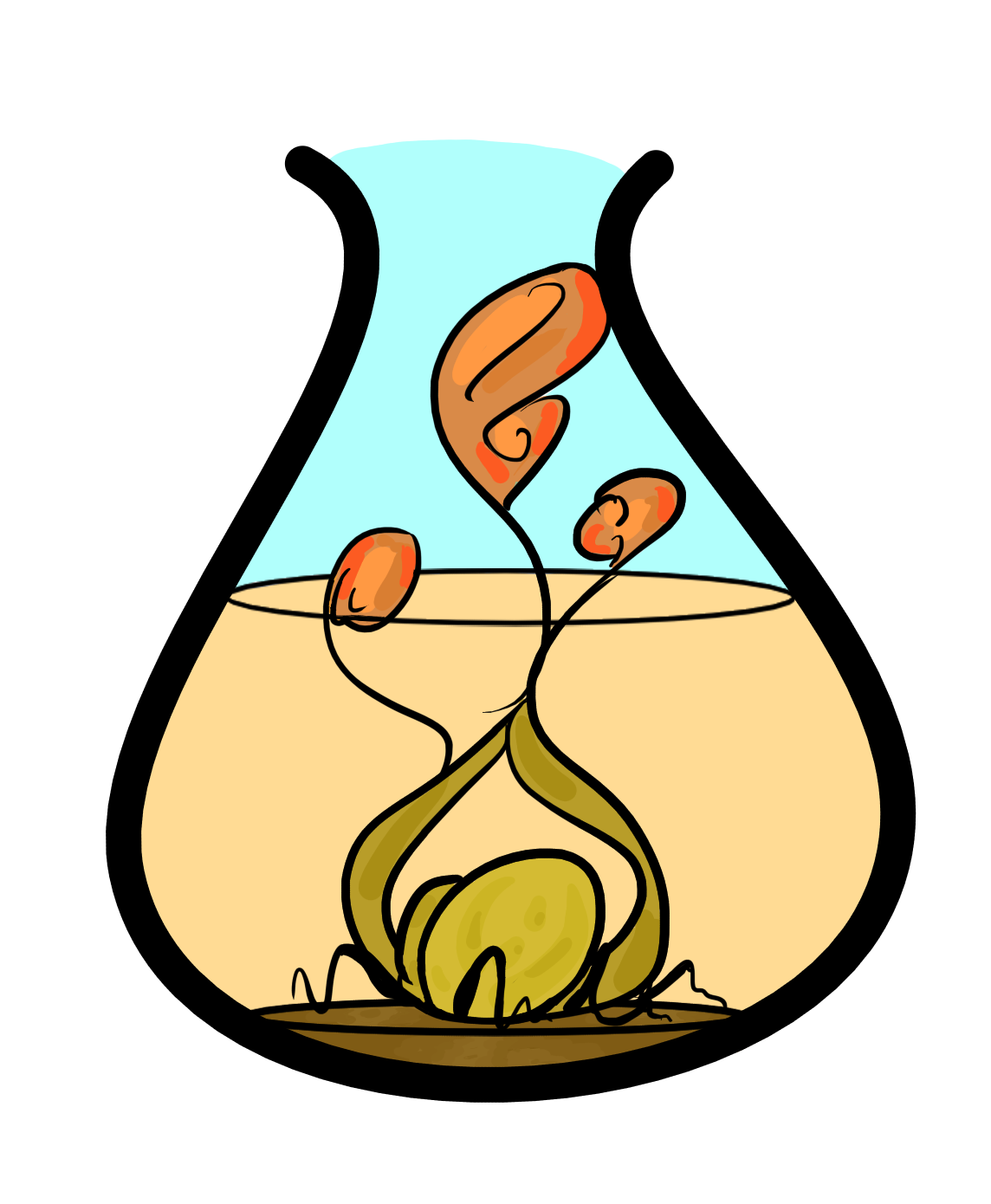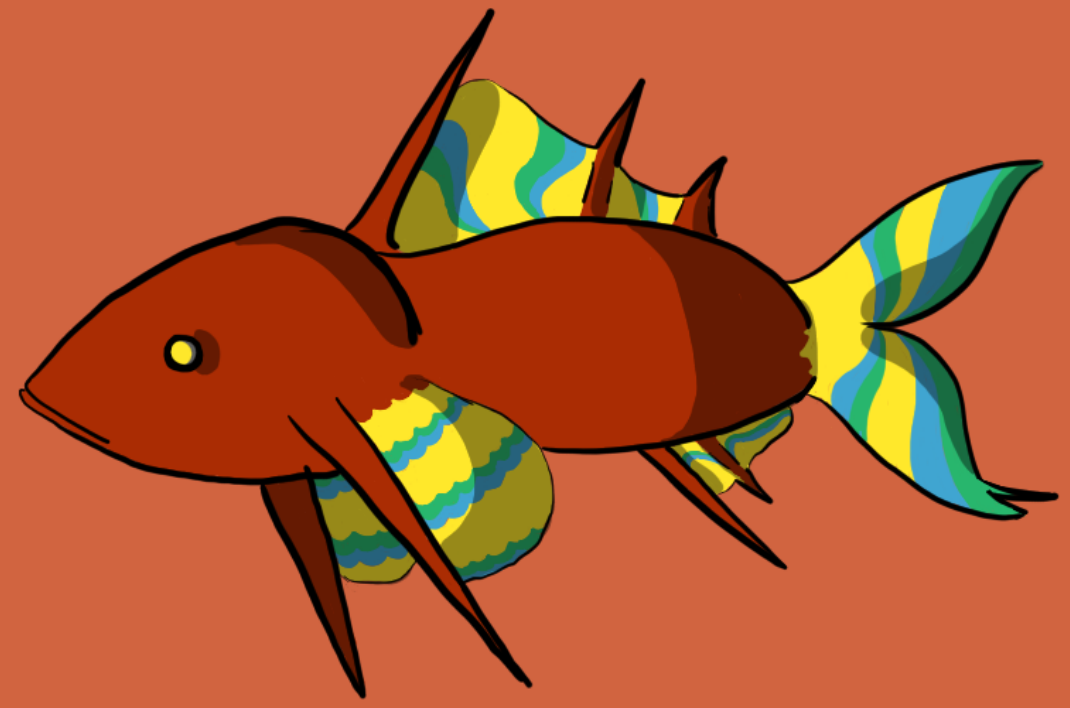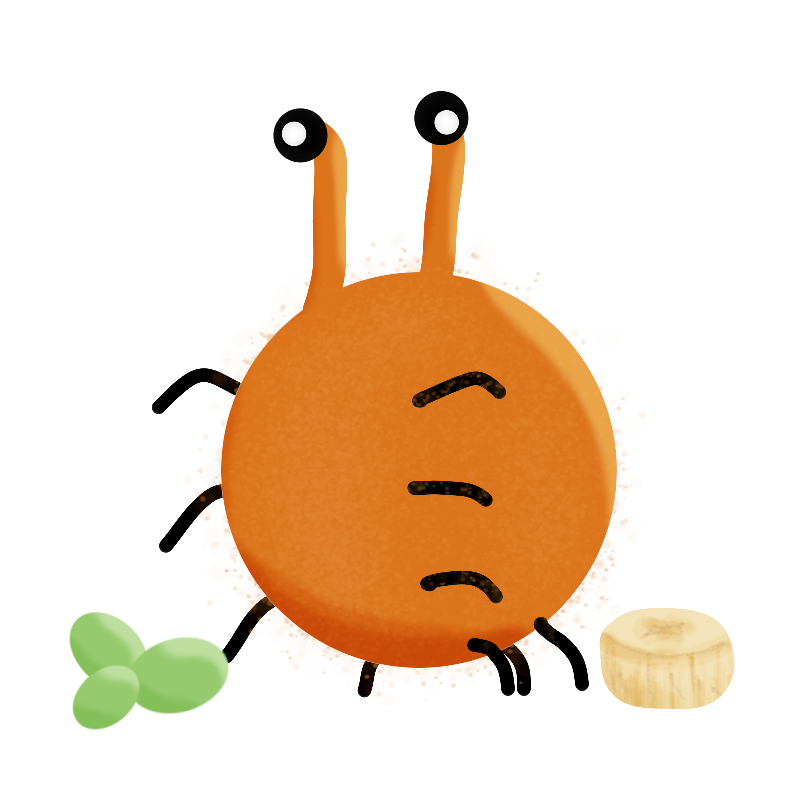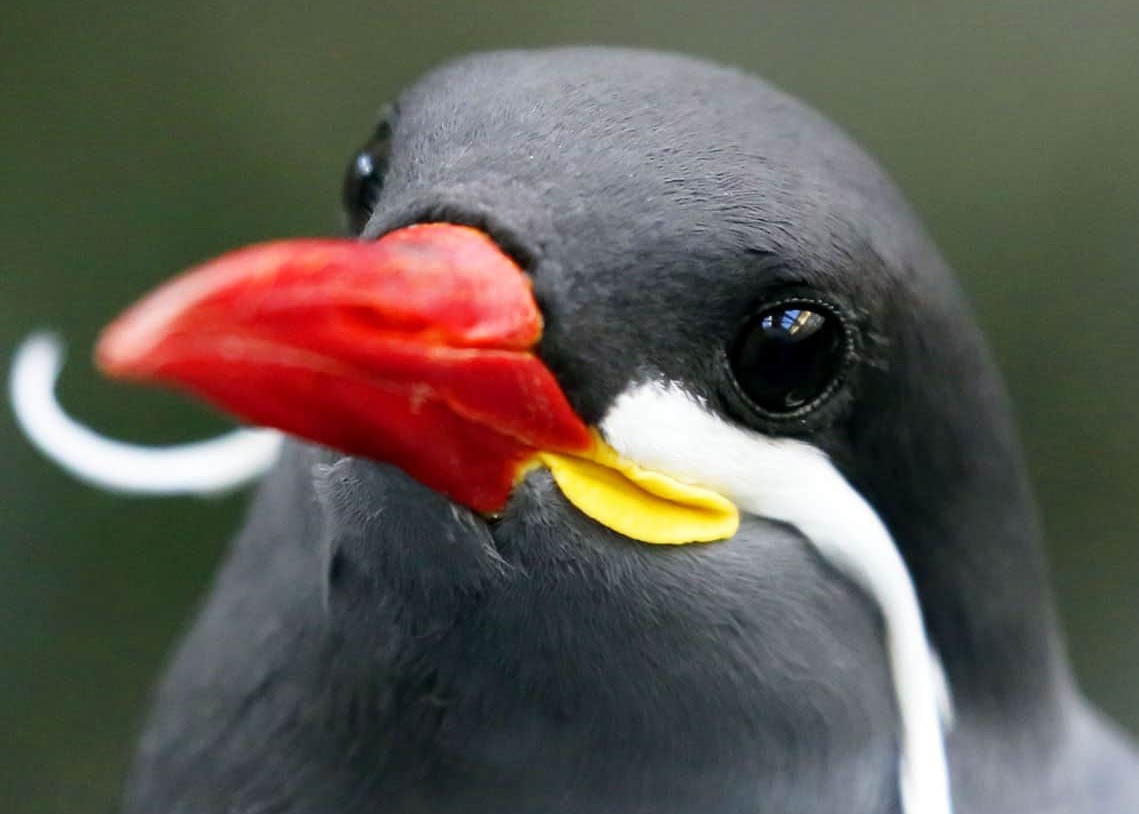Hell
Hell is the first planet in the Kurhira System. Characterised by its hellish climates and conditions, the planet has been named after its resemblance to many religion's torturous afterlife.
Geography, Location & Climate
The entirety of Hell is a mottled landscape of cracked and crumbling deserts, rivers and lakes of boiling, seeping lava, and burnt forests clinging to life.
There are no distinct continents on Hell; instead, the planet is divided by planetary rule. Karkhala and Saturn both own the Western half of Hell - the rest is divided by over a hundred other planets.
Temperatures in the coolest regions bounce around a hundred degrees Celsius. Boiling seas of water exist here, isolated from the rest of the globe. The hottest regions exceed three hundred degrees Celsius. Any typical visitor will need highly advanced protective clothing before even stepping foot out of their spacecraft upon landing on Hell.
History
Hell is approximately 6.6 billion years of age, making it one of the oldest in its solar system. Despite its age Hell has never had its own sophonts. Because of this, people from other planets have taken resources from Hell. The planet has become somewhat of a treasure trove of valuable materials, and for the last hundred thousand years, have had millions of people strip the planet of its resources.
The introduction of the Anti-Planet Poaching Law fifteen thousand years ago forced this to a stop, and planets needed official documents to prove they could take resources from Hell. Instead of a single planet owning Hell, many banded together to share the planet and its resources.
In those fifteen thousand years, planets have lost their claims, expanded or shrunk them, and conflicts have arisen. Karkhala formed its first claim on Hell three and a half thousand years ago. Since then, the claim has expanded three times, occupying almost a quarter of the planet.
Ecology
Many organisms find ways to survive the horrifying conditions of Hell. Fauna massively outweight flora on this planet, and a lot of organisms consume rock and magma.
The sududu grow large, hair-like cartilage strands over their backs to create a thick, impenetrable layer of protection from predators. Other species have large bony platings along their backs, forming a rudimentary exoskeleton. Many armoured dinosaur species are found on Hell, such as vaskysaurus and cathardis, two ankylosaur species.
The burning lands of Hell are not the only inhabited spaces. Fire noodles and thermal carp are just two of thousands of species that not only survive, but thrive within the deep expanses of lava. Their specially designed bodies can cope with the extreme temperatures and harshness of the surroundings.
Many species on Hell have magical affinities, particularly with pyromancy.
Tourism
Tourism is surprisingly commonplace on Hell. Many people around the Milky Way feel the need to experience this planet, despite its atrocities. There are a few tourist sites in claims around Hell, particularly in Saturn's domain.
The comical colours of Saturn's walled tourist cities give people a sense of comfort, while monstrous fire-breathing creatures scratch their way through the ground, trying to get at the tasty visitors.
Saturn's vibrant tourist cities attract millions every year, with safe and secure theme parks, adventure walks through boiling swamps, and zoological collections containing the planet's most dangerous critters.
The more reckless visitors choose to land in the wilderness of Hell. These absolute crazed individuals attempt to survive in the wilds of Hell for a certain amount of days, with no food, water, or resources, besides their spacecraft.
1
Distance From Sun
0.3 AU
Space Legion
N/A
1
Significant Natural Satellites
Hadas




















I was hunting wild thermal carp here. I plan on opening a traveling food ship and these would be excellent pan seared with white wine sauce.
If you really want, I can turn this into a proper article :P